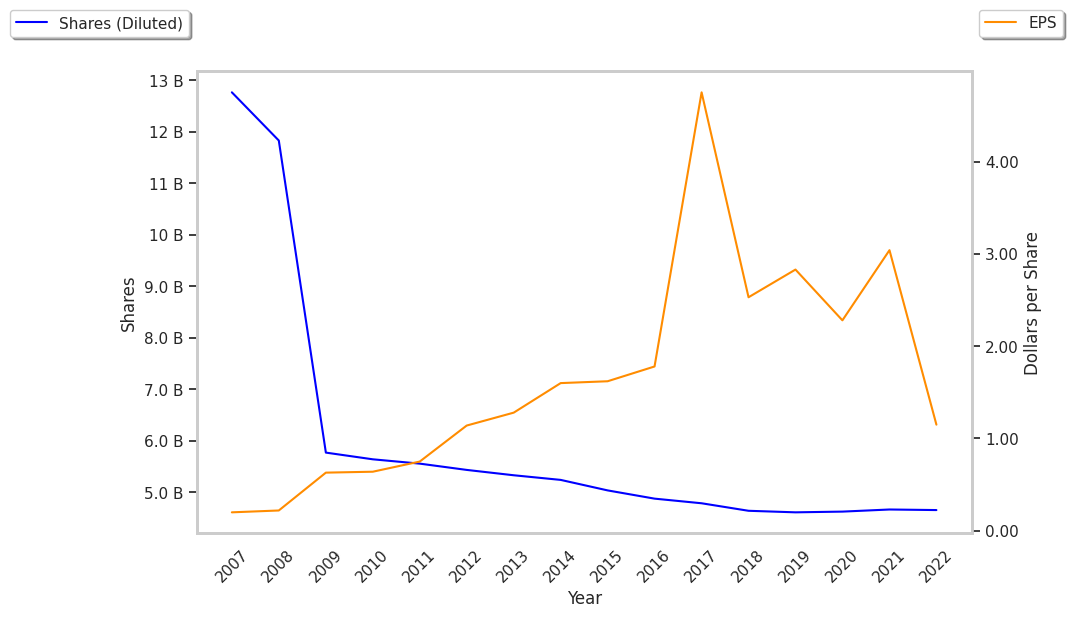With an average analyst rating of buy, Comcast is clearly an analyst favorite. But the analysts could be wrong. Is CMCSA overvalued at today's price of $33.41? Let's take a closer look at the fundamentals to find out.
The first step in determining whether a stock is overvalued is to check its price to book (P/B) ratio. This is perhaps the most basic measure of a company's valuation, which is its market value divided by its book value. Book value refers to the sum of all of the company's assets minus its liabilities -- you can also think of it as the company's equity value.
Traditionally, value investors would look for companies with a ratio of less than 1 (meaning that the market value was smaller than the company's book value), but such opportunities are very rare these days. So we tend to look for company's whose valuations are less than their sector and market average. The P/B ratio for Comcast is 1.28, compared to its sector average of 1.86 and the S&P 500's average P/B of 4.74.
Modernly, the most common metric for valuing a company is its Price to Earnings (P/E) ratio. It's simply today's stock price of 33.41 divided by either its trailing or forward earnings, which for Comcast are $6.03 and $4.38 respectively. Based on these values, the company's trailing P/E ratio is 5.5 and its forward P/E ratio is 7.6. By way of comparison, the average P/E ratio of the Telecommunications sector is 18.22 and the average P/E ratio of the S&P 500 is 29.3.
Indebted or mismanaged companies can't sustain shareholder value for long, even if they have strong earnings. For this reason, considering Comcast's ability to meet its debt obligations is also an important aspect of pinning down its valuation. By adding up its current assets, then subtracting its inventory and prepaid expenses, and then dividing the whole by its current liabilities, we obtain the company's Quick Ratio of 0.715. Since CMCSA's is lower than 1, it does not have the liquidity necessary to meet its current liabilities.
One last metric to check out is Comcast's free cash flow of $15.49 Billion. This represents the total sum of all the company's inflows and outflows of capital, including the costs of servicing its debt. It's the final bottom line of the company, which it can use to re-invest or to pay its investors a dividend. With such healthy cash flows, investors can expect Comcast to keep paying its 3.9% dividend.
Shares of Comcast appear to be overvalued at today's prices — despite the positive outlook from analysts. But sometimes stocks with inflated valuations turn out to be strong performances for years, and even decades, such as Amazon. So be sure to do your own due diligence if you are interested in taking a long position in CMCSA.



